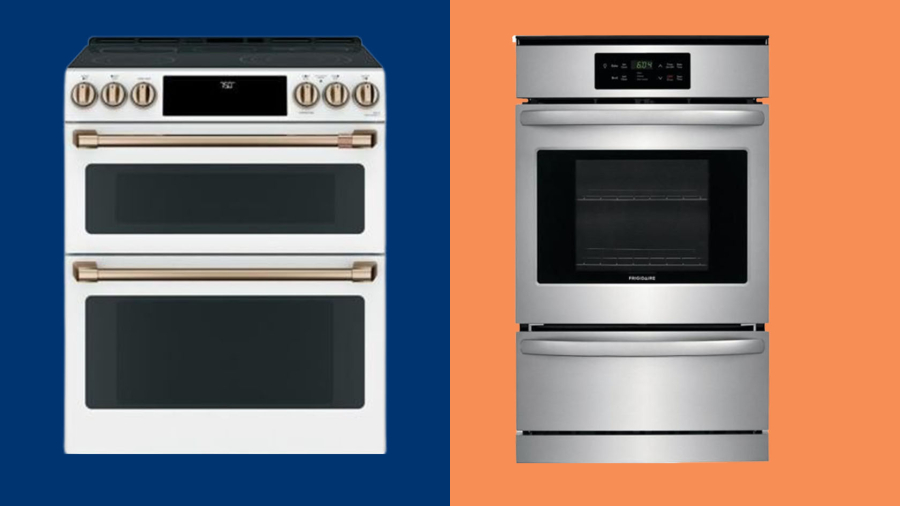In the fast-paced food service industry, efficiency, consistency, and reliability are key. As restaurants, cafes, and catering businesses face increasing competition and customer expectations, having the right kitchen equipment is crucial to delivering quality service while managing costs. With technological advancements and evolving trends, choosing practical kitchen equipment solutions can help modernize your kitchen, improve workflow, and enhance the overall dining experience. This article explores some of the most practical kitchen equipment solutions designed to meet the demands of today’s food service industry.
1. Energy-Efficient Appliances
Energy consumption is a significant cost in any commercial kitchen. The use of energy-efficient kitchen equipment not only reduces operating costs but also lowers your environmental footprint. Manufacturers now offer a wide range of energy-efficient options, from refrigerators and ovens to dishwashers and grills.
For example, induction cooktops use less energy than traditional gas or electric ranges by heating cookware directly. Energy-efficient refrigeration units are designed to maintain optimal temperature with minimal energy waste, while modern dishwashers use less water and power during cleaning cycles. Investing in energy-efficient appliances helps reduce utility bills and aligns your business with eco-conscious consumer preferences.
2. Multi-Functional Equipment
Maximizing kitchen space while keeping operations efficient is a challenge for many food service businesses. This is where multi-functional kitchen equipment comes in. Combining several tasks into one appliance helps save space and reduces clutter, making your kitchen more efficient.
Combi ovens are a prime example, offering multiple cooking methods—such as baking, steaming, and grilling—within a single unit. Similarly, food processors with attachments for chopping, slicing, and pureeing eliminate the need for multiple separate tools. By investing in multi-functional equipment, restaurants can streamline their workflow, reduce prep time, and create a more organized workspace.
3. Automated Solutions
Automation is revolutionizing the food service industry by simplifying repetitive tasks and increasing consistency. Automated kitchen equipment improves precision and reduces labor costs, allowing chefs and kitchen staff to focus on higher-value tasks like creating new recipes and ensuring food quality.
For instance, automated fryers maintain consistent oil temperature and frying times, resulting in perfectly fried food every time without constant monitoring. Similarly, automated coffee machines can serve high-quality espresso drinks at the push of a button, speeding up service during busy hours while ensuring consistency.
Other examples include automatic meat slicers, dough mixers, and portioning machines, all of which can help reduce human error and improve kitchen efficiency. Automation also minimizes waste by precisely controlling portions and reducing overcooking or undercooking, leading to cost savings in the long run.
4. Space-Saving Equipment
With real estate prices on the rise, maximizing available kitchen space is essential, especially for smaller restaurants and cafes. Space-saving kitchen equipment can help optimize your kitchen layout without compromising functionality.
Stackable appliances, such as double-deck ovens or stackable refrigerators, make it possible to store more equipment vertically, freeing up counter space. Countertop equipment, like compact fryers or griddles, can be used in smaller kitchens to maintain a full-service menu without taking up too much room.
Another practical solution is modular equipment, which allows you to customize your kitchen layout to fit your specific needs. Modular units are flexible and can be reconfigured as needed, allowing restaurants to adjust their setup based on changes in menu or business volume.
5. Smart Kitchen Technology
The rise of smart kitchen technology is making it easier for restaurants to manage operations more efficiently. Smart kitchen equipment integrates with apps and cloud-based systems to provide real-time data on energy usage, food temperatures, and maintenance needs.
For example, smart refrigeration units can monitor temperature and send alerts if temperatures fall outside safe ranges, helping to prevent food spoilage. Smart ovens allow chefs to remotely control cooking times and temperatures, ensuring food is cooked to perfection even during busy periods.
Additionally, smart dishwashers can track water usage and energy consumption, optimizing cleaning cycles for efficiency. By adopting smart technology, restaurant owners can streamline kitchen operations, reduce waste, and ensure food safety standards are consistently met.
6. Durability and Easy Maintenance
In the food service industry, downtime due to equipment failure can disrupt service and lead to lost revenue. That’s why durability and easy maintenance are essential when selecting kitchen equipment. Equipment built to withstand the high demands of commercial kitchens ensures long-term reliability and performance.
Stainless steel is a popular material choice due to its durability, resistance to corrosion, and ease of cleaning. Heavy-duty ovens, stoves, and refrigerators designed for commercial use are built to last longer than their domestic counterparts, minimizing the need for frequent repairs or replacements.
Additionally, equipment that is easy to clean and maintain saves time and helps uphold hygiene standards. Look for appliances with removable parts, dishwasher-safe components, and easily accessible areas for cleaning. Regular maintenance and cleaning are essential to prevent breakdowns and extend the life of your equipment.
7. Tailoring Equipment to Your Menu
The most practical kitchen equipment solutions are those that align with your specific menu. Whether you run a fine dining restaurant or a quick-service establishment, choosing equipment that complements your cooking style and menu items is key to smooth operations.
For example, if your restaurant specializes in grilled meats, investing in a high-quality charbroiler will improve the flavor and texture of your dishes. On the other hand, if you run a bakery, having a reliable mixer, dough sheeter, and proofing cabinet will be crucial to maintaining product consistency and quality.
Customizing your kitchen equipment to meet the specific needs of your menu allows you to operate more efficiently and produce consistent, high-quality dishes.
Conclusion
In today’s competitive food service industry, having the right kitchen equipment is essential for success. Practical solutions like energy-efficient appliances, multi-functional equipment, smart technology, and durable materials. Can streamline kitchen operations, reduce costs, and improve overall food quality. By investing in equipment that aligns with your menu, maximizes space, and offers ease of maintenance. Restaurant owners can create a kitchen that is not only efficient. But also capable of adapting to changing customer demands and business needs.
Check the latest article on Laboratory Suppliers


